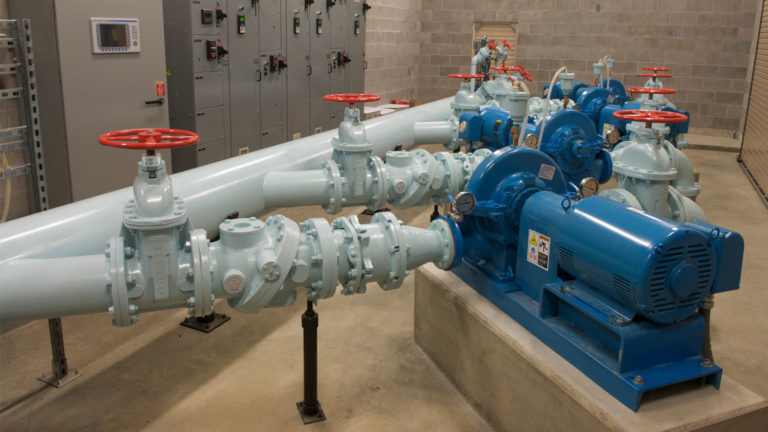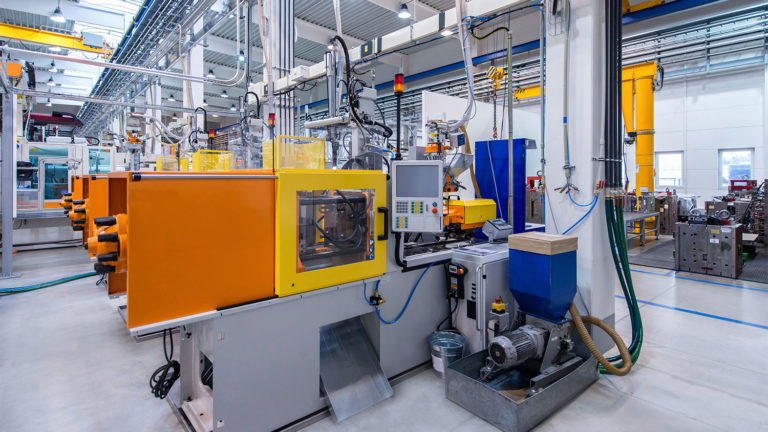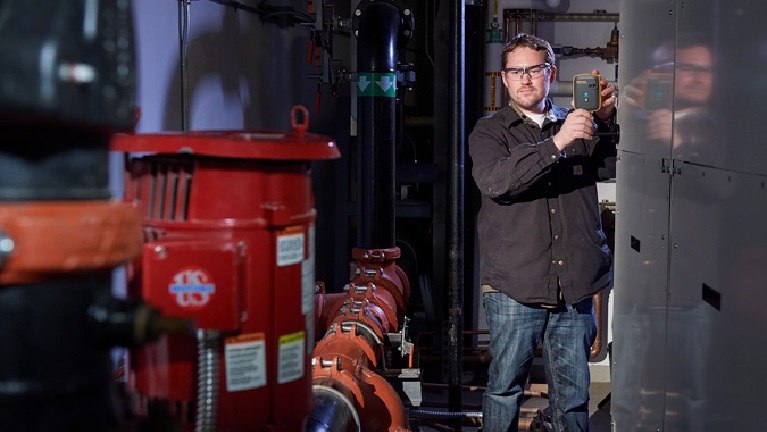Detect abnormalities caused by the top 4 pump and motor faults
Continuous condition monitoring is one of the first steps toward predictive maintenance and, ultimately, connected reliability, which gives teams a roadmap for moving past incremental gains to make a quantum leap to an ideal setup. Condition monitoring allows maintenance teams to obtain baseline data, trend data to detect changes and investigate these changes when abnormalities caused by these faults are found. Wireless vibration sensors can be the eyes on the facility floor, 24 hours per day, seven days each week, even when personnel are attending to other assets or off work.
For top tier, process-critical machines, vibration monitoring is essential. Traditional vibration analysis often involves a vibration expert, which adds expense, and is often only conducted a few times each year. Monitoring mid-tier and bottom-tier assets has not been cost-effective, until now.
Vibration screening allows teams to be notified of abnormal vibration, further analyze and diagnose with vibration testers to identify the fault if abnormalities occur, and perform the right corrective action at the right time. Installing vibration sensors that use condition monitoring software allows maintenance technicians to spend less time taking manual readings and walking routes and more time addressing problems.
The top five benefits of vibration screening and cloud-based condition monitoring software are:
- Screen quickly, act quickly
- Organize information for data-driven decisions
- Receive alarms when abnormalities occur
- Alarm based on abnormalities caused by the four most common faults (imbalance, misalignment, bearing wear and looseness) early
- Reduce maintenance spend
In pumps, motors and most other rotating equipment, the four most common faults are misalignment, looseness, imbalance and bearing wear. All these can cause increased power consumption, vibration and stress on shafts. This article will discuss the causes of these faults and how best to detect and how to use screening to gain early notification of them to avoid asset damage or failure.
The big 4 faults
When rotating assets, including pumps and motors, experience failure, chances are that one of these four failure modes was involved.
Misalignment
Without early intervention, misalignment results in worn or failed bearings, and other wear and damage. In worst-case scenarios, misalignment may lead to cracked or broken shafts, which can be personnel safety hazards as well as problems for the asset. Shaft misalignment will also cause vibration that may lead to looseness in many areas in pumps and motors. A misaligned shaft will transmit damaging cyclical forces along the shaft and into the motor, leading to excess wear on the motor and increasing the mechanical load.
Misalignment may be cause by:
- Improper shaft installation
- Foundation or baseplate issues (such as soft foot)
- Faulty or improperly installed bearings
- Improperly coupled pump and motor
- Unbalanced load
- Coupling damage
- Seal or bearing wear
Imbalance
If a pump’s impeller is imbalanced, vibration will occur, and the pump’s performance and efficiency will be adversely affected, with poor production and excess costs. With time, the imbalance will cause pump failure. If the baseplate or foundation is uneven or if one of the motor’s feet is uneven, soft foot can occur, causing excess vibration. In worst-case scenarios, imbalance left unchecked can lead to cracked or broken shafts, which can be personnel safety hazards.
Imbalance may be caused by:
- Eroded impeller blades
- Problems with motor rotors
- Improper bearing installation
- Bent shaft
Looseness
The shaft, foundation, or a component may become loose. This causes forces that lead to excessive vibration and increases the wear in the bearings and seals. It may also cause baseplate problems, including soft foot; loose bolts; cracks in a frame; or improper fit between components, including impeller clearances. If not identified and corrected, looseness will shorten the asset’s and other components’ lives, ultimately causing failure.
Looseness may be caused by:
- Improper installation
- Manufacturing defects
- Baseplate issues
- Improperly torqued fasteners
- Underlying vibration from other faults
Bearing wear
Bearing wear is usually caused by other factors acting on the bearings. If the bearings are failing prematurely, the other low-level faults (imbalance, misalignment, or looseness) may be the cause. For example, moderate misalignment may or may not increase in severity over time, but the effects of this misalignment will add to the stress on bearings and seals. Vibration sensors display all the faults found in a machine so that potential candidates for root cause failure may be identified before bearing wear occurs. Even if misalignment is not extreme, it should still
be diagnosed and corrected as soon as possible to avoid collateral damage to the asset’s bearings and seals.
Other causes of bearing wear are:
- Contamination
- Improper lubrication
- Improper installation
- Electrical damage
Screening to identify damage-causing vibration
A remote vibration sensor is small enough to fit in hard-to-reach places and affordable enough to place on multiple locations on equipment (for example, four test points). Precise placement increases accuracy and reduces the time it takes to screen an asset. The data generated from many sensors are wirelessly transmitted and stored using the cloud-based condition monitoring software. Many software programs have an app that can be downloaded to a smart device or PC, allowing teams to remotely monitor asset health and review historical data anytime and almost anywhere with an Internet connection.
In many instances, the software even generates automatic alerts when measurements travel outside safe parameters, notifying maintenance team members before issues become critical. With vibration screening, early indications of abnormalities can help teams do the following:
- Avoid unexpected downtime
- Find (with further examination) and fix failures at an earlier stage
- Collect historical data to justify maintenance spend
- Democratize vibration expertise for non-experts providing easy-to-interpret data
- Screen vibrations on hard-to-access machines
- Collect and analyze cloud-based vibration data
These early warnings allow teams move into the next maintenance level above screening which is diagnosing. This way, they focus on machines known to have a potential problem instead of monitoring healthy assets.
Setup
Triaxial sensors are placed on assets throughout the facility, perhaps initially focusing on bad actors to determine the best way to improve their operation. Application may be as simple as cleaning the location on which the sensor will be placed and mounting the sensor on the asset with epoxy, included adhesive, magnetic or other fasteners.
All rotating machines experience vibration. Pumps and motors have different faults that vibration screening can identify. The trick to obtaining the most accurate data is placing the sensors on the correct locations for each asset and selecting the correct sensor for the vibration frequency.
Pumps and motors transmit their vibrations from the shaft to the bearings to the housing and then to the casing. Each sensor should be installed so it is mechanically coupled properly to detect the energy. Avoid locations that may dampen or absorb the vibrations.
By John Bernet, Fluke Corporation, and Alex Desselle, Fluke Accelix






